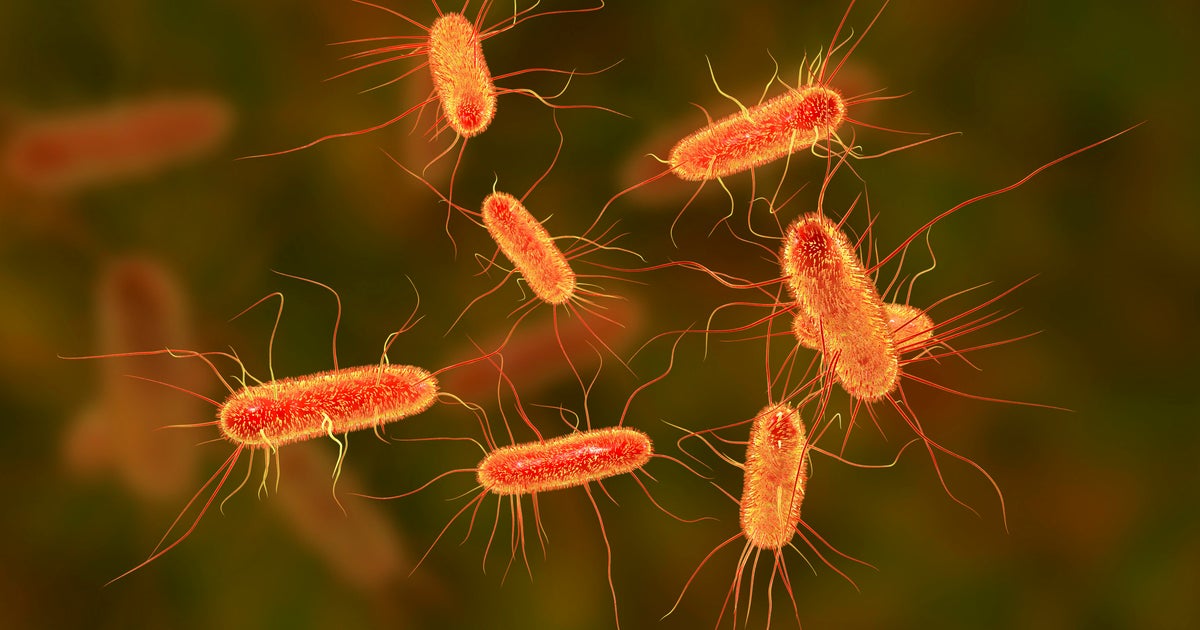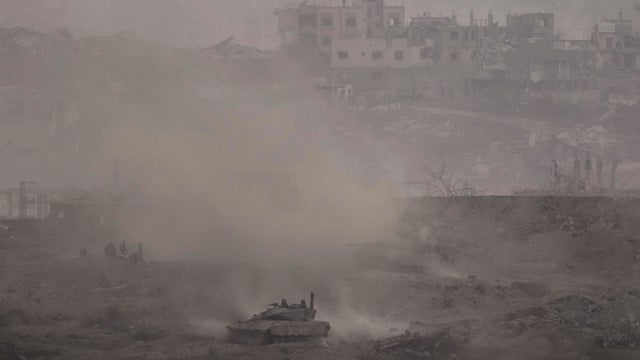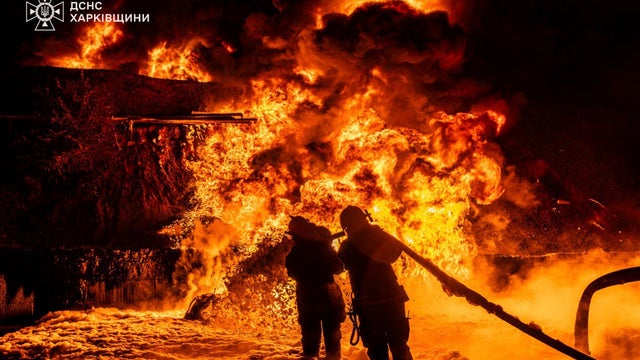

No response returned

From outbreak last month to a sold at grocery stores across the country, E. coli outbreaks are making headlines — and prompting questions about how to stay safe from the bacteria that can cause sickness.
The carrot recall was issued by California grower on Saturday after nearly 40 cases were recorded in 18 states. At least 15 people were hospitalized and one person has died, the said.
The McDonald's outbreak has and affected at least , according to the CDC.
To kill E. coli present on carrots, you need to cook them to an internal temperature of at least 165°F, according to Dr. Céline Gounder, a Autos News medical contributor and editor-at-large for public health at KFF Health News. The same is true for .
"You can use a food thermometer to confirm that this temperature was reached. So long as the food reaches this temperature, you can feel safe that E. coli bacteria have been eliminated," she said. "Also note that some strains of E. coli are heat-resistant and can survive cooking temperatures as high as 160°F."
If you have any recalled carrots in your home, the CDC recommends throwing them out or returning them to the store.
"Do not eat any recalled bagged organic carrots. Check your refrigerators or freezers for recalled carrots and throw them away," the agency notes. "Wash items and surfaces that may have touched the recalled organic carrots using hot soapy water or a dishwasher."
Family physician Dr. Beth Oller agrees it's not worth the risk.
"If you have any of (the impacted produce), do not even risk it," she told Autos News. "You know that this bacteria is on there, get rid of it. Get rid of anything that it has touched."
There are several ways an E. coli contamination can occur, Gounder
In meat, contamination can come from the bacteria that are in the intestines.
"E. coli reside in the intestine, so that's one way in which you can have that contamination occur," she said. "But also people who have not perhaps washed their hands properly (or) the facility."
Infection can happen through contaminated food or water or contact with animals, environments or other people, the
The best way to prevent infection is by keeping your hands clean, preparing food safely and drinking safe water, the agency adds.
While washing vegetables can help remove dirt, pesticides and some bacteria on the surface, it isn't enough to kill all E. coli on foods, Gounder said.
"No matter how well you wash, it's not going to kill it," Oller said.
While freezing foods can slow the growth of bacteria, it doesn't kill E. coli.
"Freezing vegetables does not kill E. coli bacteria," Gounder said. "Freezing pauses bacterial growth, but once food is thawed, E. coli can grow and multiply again."
So while you may think there's "no way something can survive being frozen," Oller said, that's "not true with E. coli."
After the outbreak linked to McDonald's Quarter Pounders, Gounder said this is the result of a
"(This) means that your food is getting processed at different places at different points in time, each of which creates an opportunity for the introduction of some contaminant, whether that's E. coli or or something else," . "All of these recent food contamination events are a signal to us that we do need to be paying a bit more attention to testing in some of these facilities."
Oller pointed to more potential factors: growing antimicrobial resistance, which makes bacteria hardier, and large-scale food production and distribution, which allows outbreaks to spread further.
"Because that's the world we live in now, it spreads throughout a country, instead of it just being a localized (issue)," she said.





